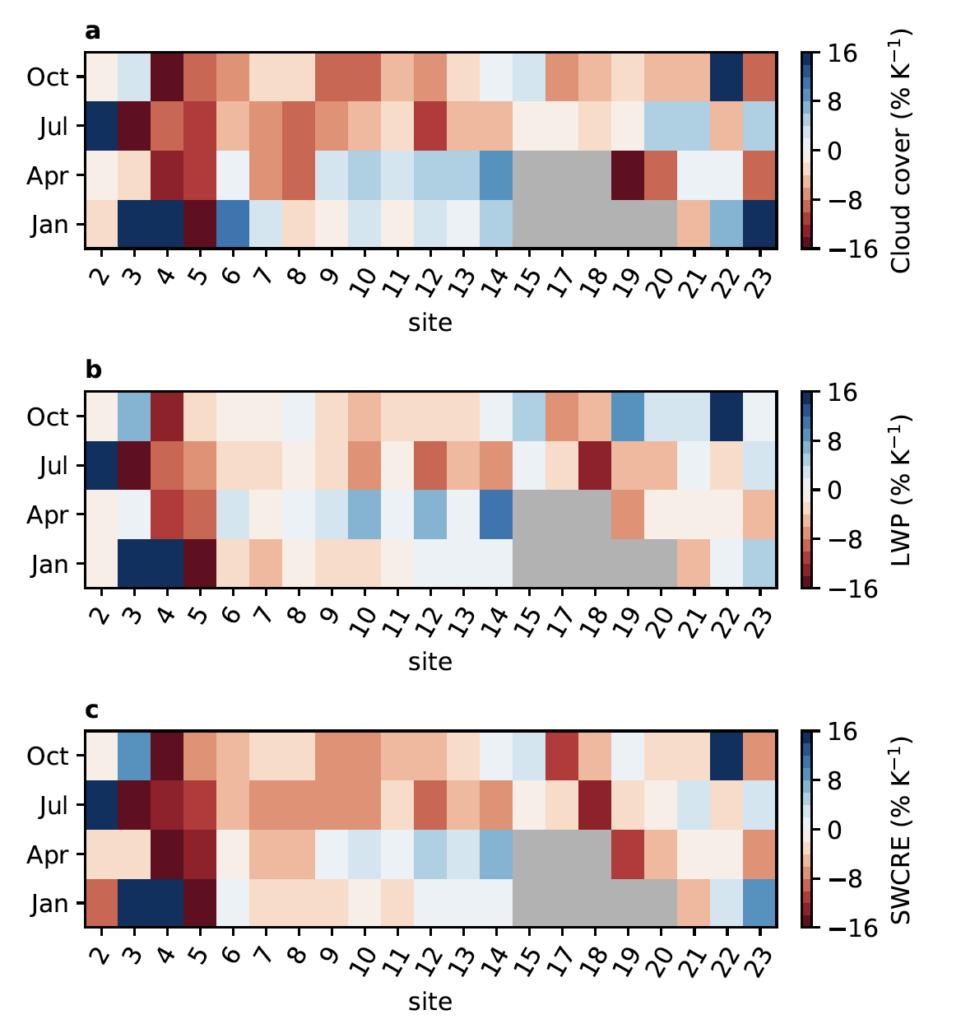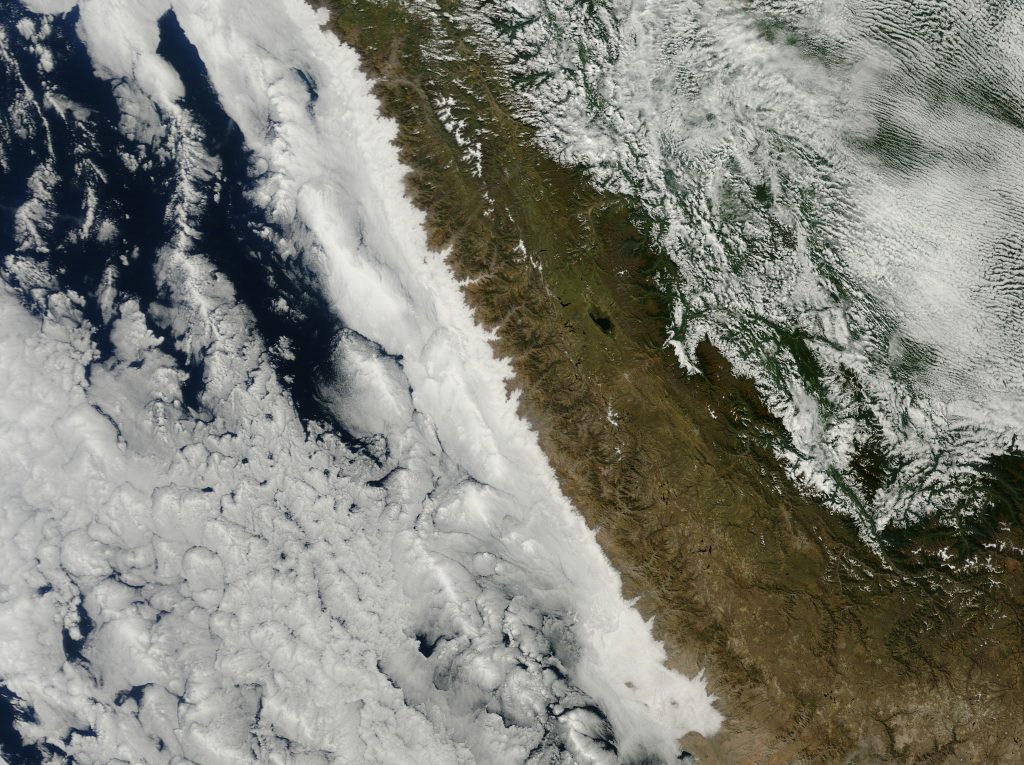Each fall, the American Geophysical Union unites scientists and policy makers from over 100 countries to discuss their scientific discoveries and their implications for societies at large. This year, members of the Climate Modeling Alliance presented research featuring our climate model development. Large and small-scale processes in climate With the intent to build a new Earth System Model (ESM) that is grounded in physics and designed for automated calibration using machine learning, Anna Jaruga presented On Coupling (and Separating) Subgrid-cale Turbulence and Cloud Microphysics Processes in Julia. In order to fully understand and resolve small-scale uncertainties such as those we…
Read More

Blog
by Oliver Dunbar, Alfredo Garbuno Iñigo, Jinlong Wu, and Andre de Souza: Robustly predicting Earth’s climate is one of the most complex challenges facing the scientific community today. By leveraging recent advances in the computational and data sciences, researchers at CliMA are developing new methods for calibrating climate models and quantifying their uncertainties. In today’s climate models, the primary source of uncertainty are approximations of processes that cannot be explicitly resolved, such as turbulence in atmosphere and oceans and the convection sustaining clouds. These approximations, known as parameterization schemes, are a set of physical equations that, given some environmental conditions (such…
Read More
The dynamics of clouds and turbulence play a profoundly important role in the climate system, yet their scales are often too small to be resolved faithfully in global climate models. Therefore, climate models rely on subgrid-scale parameterizations for representing clouds and turbulence, which remain the most significant aspect of physical uncertainty in climate predictions. The wide range of cloud and turbulence regimes that occur in nature are often challenging to represent in a single parameterization. Research Scientist Yair Cohen, Postdoctoral Scholar Jia He, Graduate Student Ignacio Lopez-Gomez and their colleagues have presented a parameterization that does capture this wide range…
Read More
Legendary basketball coach for the Chicago Bulls, Phil Jackson, once said, “The strength of the team is each individual member. The strength of each member is the team.” At CliMA, our team is made up of individuals from diverse academic backgrounds who have come together to work on one of the defining global problems of our time. The complexity of predicting climate change and ascertaining the associated uncertainties demands expertise from diverse, traditionally disparate, academic and professional backgrounds. At CliMA, we have assembled an A-list team that is taking on the challenge to provide the accurate and actionable climate predictions…
Read More
At CliMA, we are building an Earth System Model (ESM) that harnesses more data than ever before to produce accurate and precise climate predictions. Today, the release of CliMA 0.1 brings us one step closer toward achieving our goals. CliMA v0.1.0 consists of code for large eddy simulations (LES) of turbulent flows in atmosphere and oceans and for dynamical cores of general circulation models (GCM) for the ocean and atmosphere. All CliMA code is written in Julia, a dynamic, high-level programming language for high-performance scientific computing. Caltech Postdoctoral Scholars Akshay Sridhar and Zhaoyi Shen, together with others, are in the…
Read More





